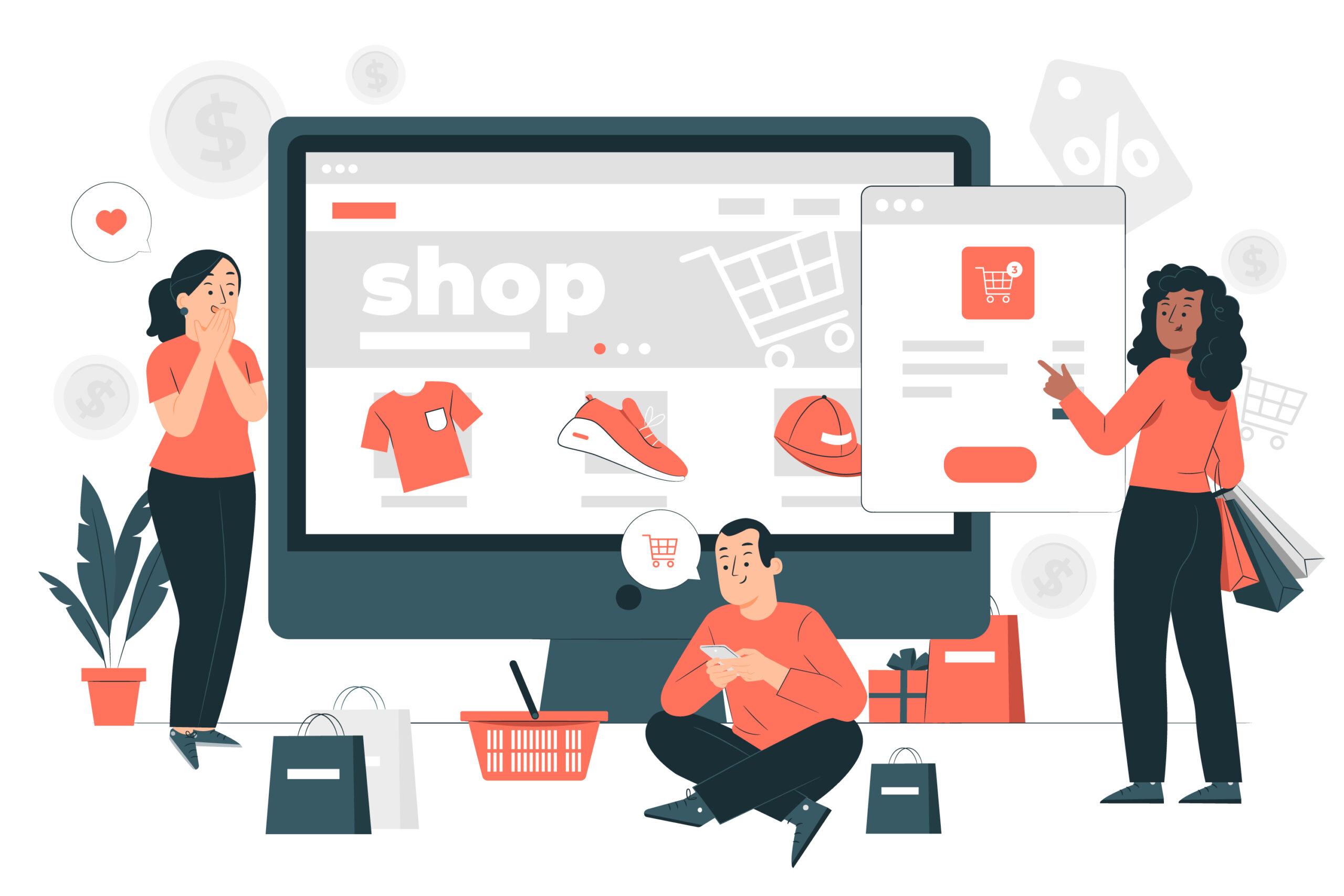Enhancing Your E-commerce Platform: Strategies to Improve Functionality
In today’s digital age, e-commerce platforms are at the forefront of retail business. With the convenience of online shopping, consumers expect seamless and efficient experiences when browsing, selecting, and purchasing products. To remain competitive and meet these growing expectations, e-commerce businesses must continually enhance the functionality of their platforms. In this article, we will explore strategies to improve your e-commerce platform’s performance, user experience, and overall functionality.
- Optimize Website Speed
Website speed is a critical factor in user satisfaction and search engine ranking. Slow-loading pages can deter potential customers and negatively impact your search visibility. To enhance speed:
- Optimize images and videos to reduce file sizes.
- Use Content Delivery Networks (CDNs) to distribute content efficiently.
- Choose a reliable hosting service that can handle your traffic.
- Implement Mobile Responsiveness
Mobile commerce is on the rise, so ensuring your e-commerce platform is mobile-responsive is vital. Responsive design adapts your website to various screen sizes, providing a consistent and user-friendly experience across devices.
- Streamline Navigation
A cluttered and confusing navigation system can frustrate users and lead to high bounce rates. Simplify your menu structure, use clear category labels, and incorporate an efficient search bar to help users find products effortlessly.
- Enhance Product Search
Improving the search functionality can significantly enhance user experience. Implement features like autocomplete suggestions, filters, and predictive search to help customers discover products quickly. Consider incorporating AI-powered search for more accurate results.
- Prioritize Security
Online security is paramount to building trust with customers. Ensure your e-commerce platform uses encryption (HTTPS), regularly updates software, and follows best practices for data protection. Display trust badges and privacy policies prominently.
- Personalize User Experience
Personalization is a powerful tool for increasing conversions. Implement algorithms that recommend products based on user behavior and preferences. Tailor email marketing campaigns and product recommendations to individual customers.
- Simplify Checkout Process
A lengthy and complicated checkout process can result in cart abandonment. Streamline the process by offering guest checkout options, minimizing form fields, and providing multiple payment methods, including digital wallets.
- Integrate Social Proof
Showcasing social proof, such as product reviews, ratings, and testimonials, can boost trust and confidence in your brand. Encourage customers to leave reviews and prominently display them on product pages.
- Continuous Testing and Improvement
Regularly conduct usability testing to identify areas of improvement on your platform. A/B testing can help you determine which design elements, call-to-actions, or features resonate best with your audience.
- Provide Exceptional Customer Support
Accessible customer support is crucial for resolving issues and answering customer queries promptly. Offer various communication channels like live chat, email, and phone support.
To stay competitive and meet customer expectations, e-commerce businesses must continuously enhance their platforms’ functionality. Prioritizing speed, mobile responsiveness, navigation, search, security, personalization, and user experience can make a significant difference in customer satisfaction and sales. Regularly testing and optimizing your e-commerce platform will help you adapt to changing market trends and consumer behaviors, ensuring your business thrives in the digital marketplace.

